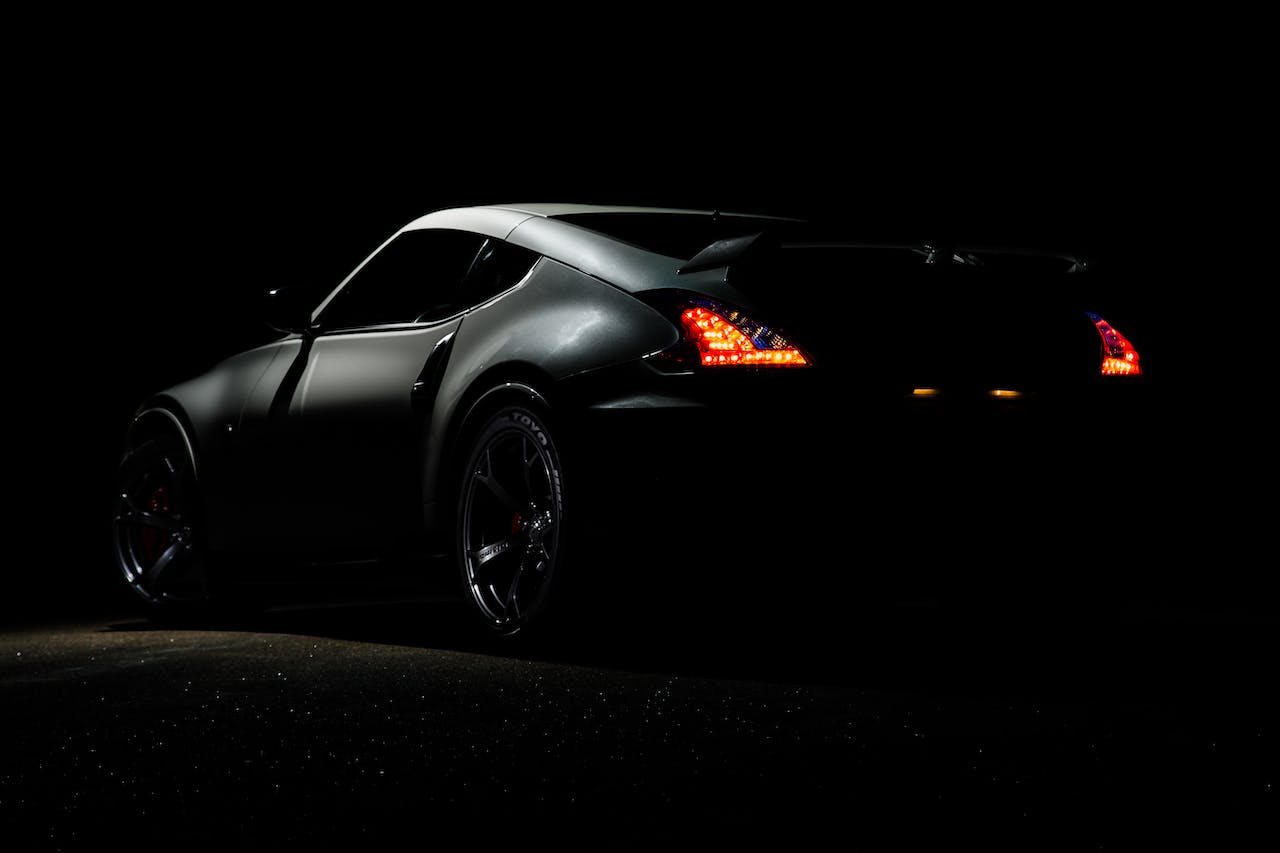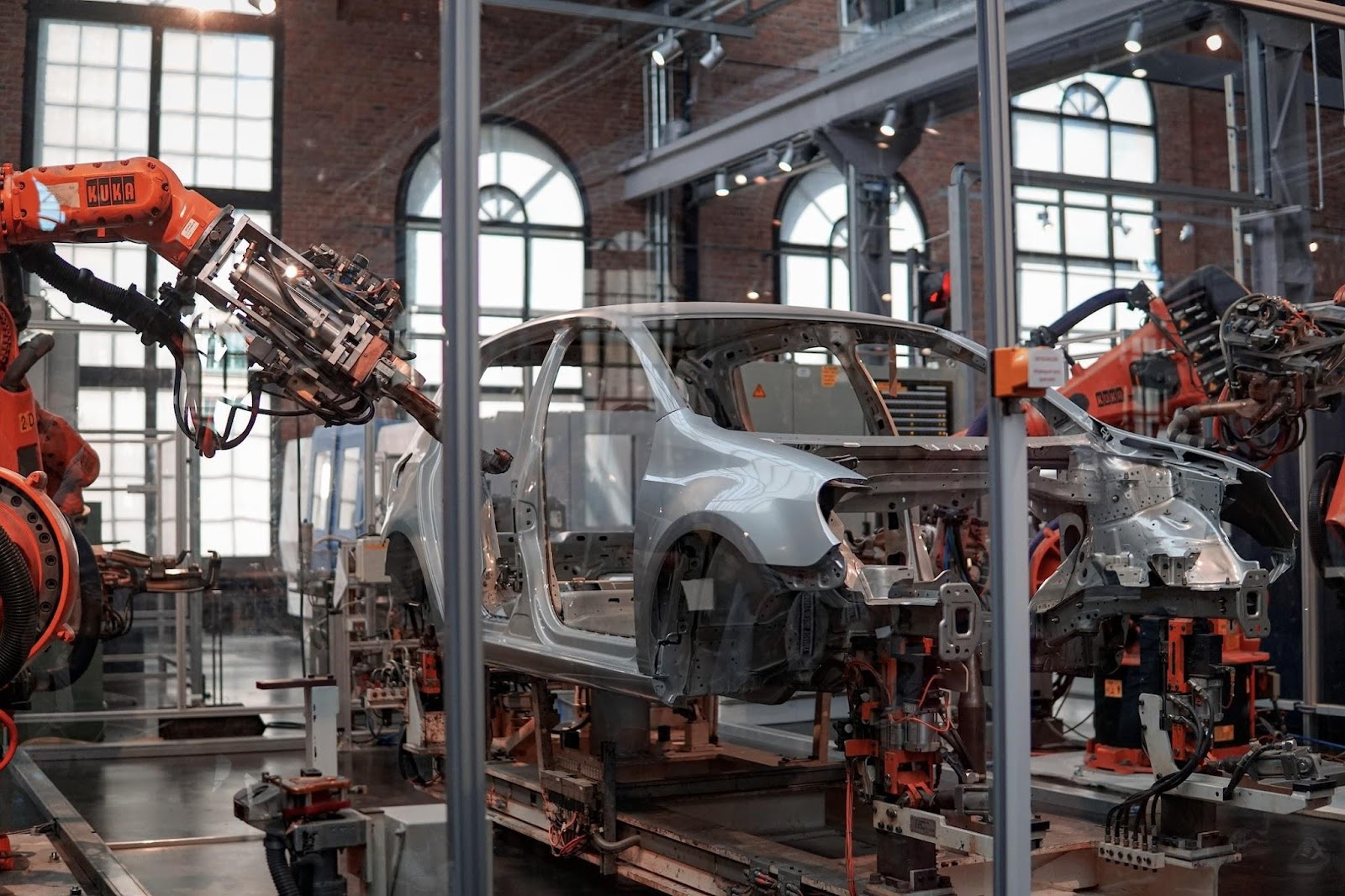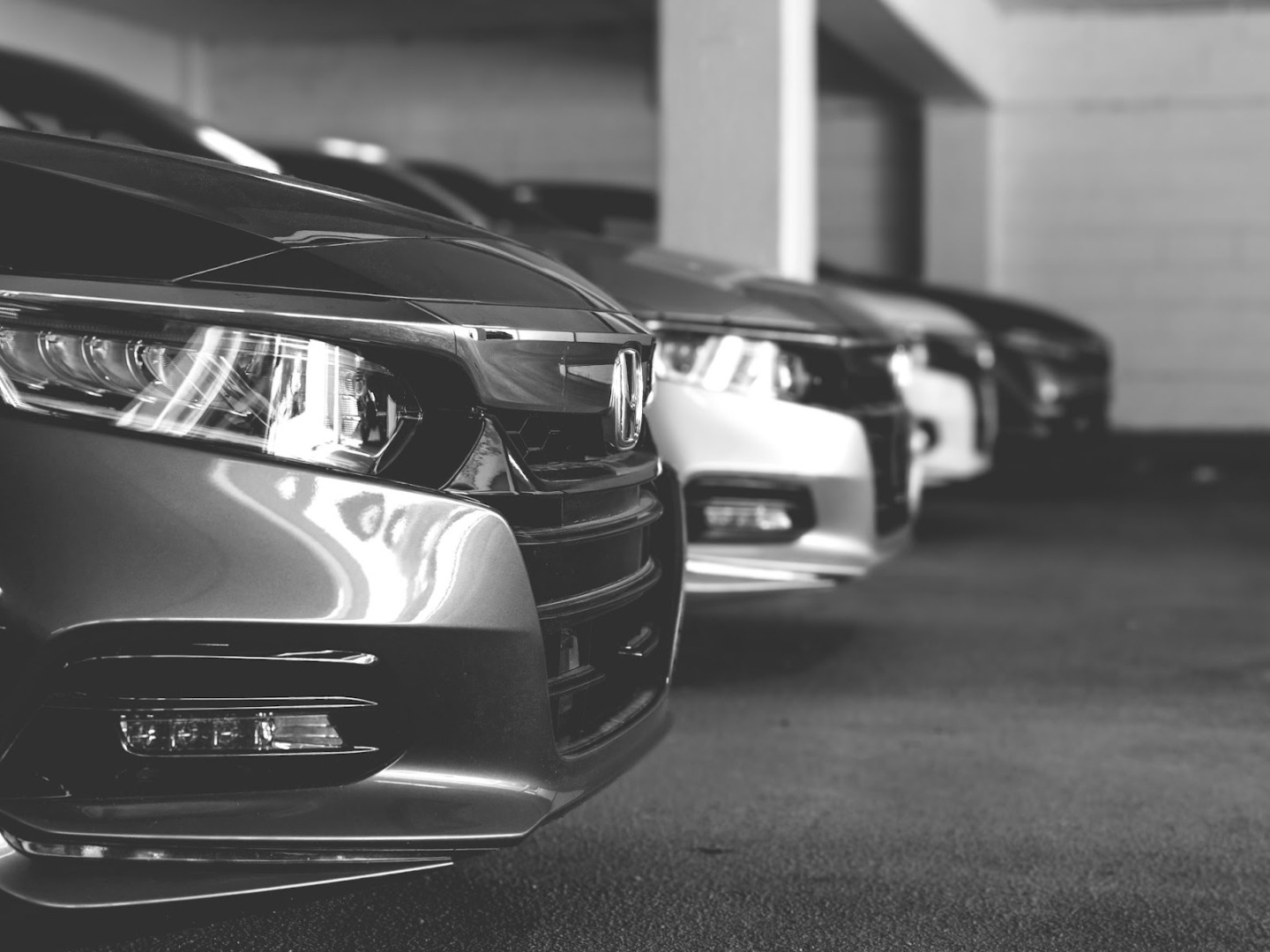Comments
- No comments found

The automotive industry is undergoing a remarkable transformation, driven by advancements in technology, changing consumer preferences, and a growing emphasis on sustainability.
Automotive design, in particular, is at the forefront of this evolution, as designers strive to create vehicles that not only meet the functional needs of users but also align with the latest trends. In this article, we will take a comprehensive look at the latest trends in automotive design, exploring how they are shaping the future of transportation.

In tandem with the evolving trends in automotive design, the demand for specialized automotive design and engineering services is on the rise. Automotive design and engineering firms play a crucial role in bringing cutting-edge concepts to life. Whether you are looking for EDC automotive design & engineering services or from any other organization, these services encompass a spectrum of activities, from conceptualizing and prototyping to testing and refining.
Skilled engineers collaborate with designers to ensure that innovative concepts not only meet aesthetic standards but also adhere to rigorous safety and performance criteria. The integration of advanced technologies, such as computer-aided design (CAD) and simulation tools, further accelerates the development process, facilitating the creation of vehicles that align with the ever-changing landscape of the automotive industry.
One of the most significant trends in automotive design is the widespread shift towards electric vehicles (EVs). With the growing concern for the environment and the need to reduce carbon emissions, automakers are investing heavily in the development of electric cars. Designers are faced with the challenge of creating visually appealing vehicles that differ significantly from traditional internal combustion engine counterparts.
Electric vehicles often have unique design features, such as sleeker profiles, futuristic lighting elements, and innovative aerodynamics. The absence of a traditional grille, a hallmark of combustion engine cars, allows designers to experiment with new front-end designs. As electric vehicles become more mainstream, expect to see further innovation and creativity in their design.
Environmental sustainability is a key concern in the automotive industry, and this is reflected in the use of sustainable materials and manufacturing processes. Designers are incorporating recycled and eco-friendly materials into car interiors and exteriors, reducing the environmental impact of vehicle production.
From vegan leather seats to recycled plastic components, automakers are finding innovative ways to make cars more sustainable. Beyond materials, the manufacturing process itself is evolving. 3D printing, for instance, is being explored as a means of creating intricate and lightweight components, minimizing waste in the production process. The shift towards sustainability is not just a trend but a fundamental change in the way vehicles are designed and built.
The advent of autonomous driving technology is another game-changer in automotive design. As vehicles become more capable of driving themselves, the traditional layout of car interiors is being reimagined. Designers are focusing on creating comfortable and versatile cabin spaces that cater to the needs of passengers rather than drivers.
Seating arrangements are evolving to facilitate face-to-face interactions, with swiveling seats and modular interiors becoming more common. The emphasis on safety and reduced need for driver-centric controls allows designers to explore new concepts, such as spacious lounges and entertainment-focused interiors. Autonomous vehicles are not just changing the way we drive; they are revolutionizing the entire design philosophy of the automobile.
In the era of the Internet of Things (IoT), connectivity has become a focal point in automotive design. Vehicles are no longer just modes of transportation; they are becoming extensions of our digital lives. Infotainment systems, advanced driver assistance features, and connectivity with smartphones are now standard expectations for modern vehicles.
Designers are integrating large touchscreens, voice-activated controls, and augmented reality displays to enhance the user experience. The challenge lies in maintaining a balance between cutting-edge technology and minimizing distractions for drivers. As vehicles become more connected, designers must find innovative ways to incorporate technology seamlessly into the design while prioritizing safety.
A shift towards minimalism and simplicity in automotive design is gaining traction. Clean lines, uncluttered interiors, and streamlined exteriors are becoming increasingly popular. This trend is not only an aesthetic choice but also a response to the desire for functionality and efficiency.
Designers are opting for simplified control interfaces, decluttered dashboards, and intuitive layouts. The use of ambient lighting and high-quality materials adds a touch of sophistication to the minimalist design approach. This trend reflects a broader cultural shift towards embracing simplicity and reducing unnecessary complexity in all aspects of life.

The world of automotive design is in a state of constant evolution, driven by technological advancements, changing consumer expectations, and a growing awareness of environmental sustainability. From the electric revolution to the rise of autonomous vehicles, designers are navigating uncharted territory to shape the future of transportation. The integration of sustainable materials, connectivity, and minimalist design principles underscores a commitment to creating vehicles that are not only functional but also align with the values of the modern consumer.
As we look ahead, it is clear that the latest trends in automotive design are not just fleeting fads but pivotal shifts that will define the industry for years to come. The intersection of technology, sustainability, and user experience will continue to shape the vehicles we drive, ride in, and admire. The automotive design landscape is an exciting canvas where creativity and innovation converge to create the next generation of automobiles.
Leave your comments
Post comment as a guest